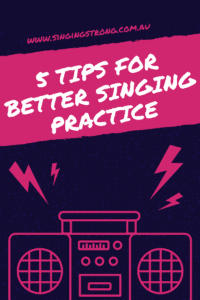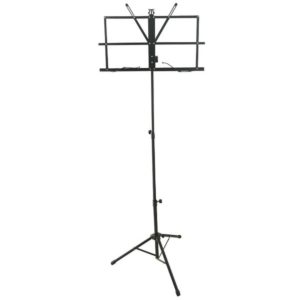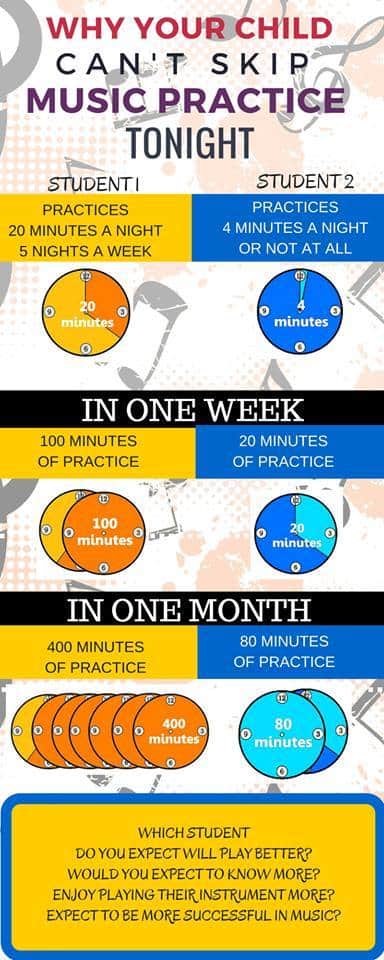Teaching boys under the age of 10 to enjoy singing lessons and singing.
- Start with Fun and Playful Exercises: Introduce singing through fun exercises that engage their imagination and playfulness. Games like “Simon Says” where they mimic vocal sounds or animal noises can be great warm-ups. Encourage them to sing along to their favorite songs or cartoons, making it enjoyable and natural.
- Provide Positive Encouragement: Building confidence is crucial at this age. Offer plenty of positive reinforcement and encouragement. Celebrate their efforts, no matter how small, and focus on progress rather than perfection. Create a supportive environment where they feel safe to explore their voice without fear of judgment.
- Incorporate Visual and Kinesthetic Learning: Young boys often respond well to visual and kinesthetic learning. Use visual aids like diagrams of vocal anatomy to explain concepts in a simple and engaging manner. Encourage physical movements that help with breath control and vocal projection, such as stretching or pretending to blow bubbles. Incorporating movement into singing can make it more dynamic and enjoyable for them.
By combining these approaches, you can make learning to sing a fun and rewarding experience, setting a strong foundation for their musical journey ahead.
The following songs are popular, catchy, and have relatively simple melodies and lyrics, making them suitable for young boys to sing along with and enjoy.
Number One: Hound Dog by Elvis Presley
This is a very repetitive song and has a small vocal range, making it very easy for young boys to learn quickly, sing and enjoy.
Number Two: Here comes the sun by the Beatles
Always check the key the song is in and if that key suits the child. Sometimes you may need to raise the key to make it easier to sing in their vocal range. Remember, these voices are still immature and they don’t have the vocal chords that an adult male has, meaning they are not yet able to sing really low notes.
Here is the Beatles version, as well as the same song in a higher key.










 Headphones are great for listening to music but not so good for practice.
Headphones are great for listening to music but not so good for practice.



